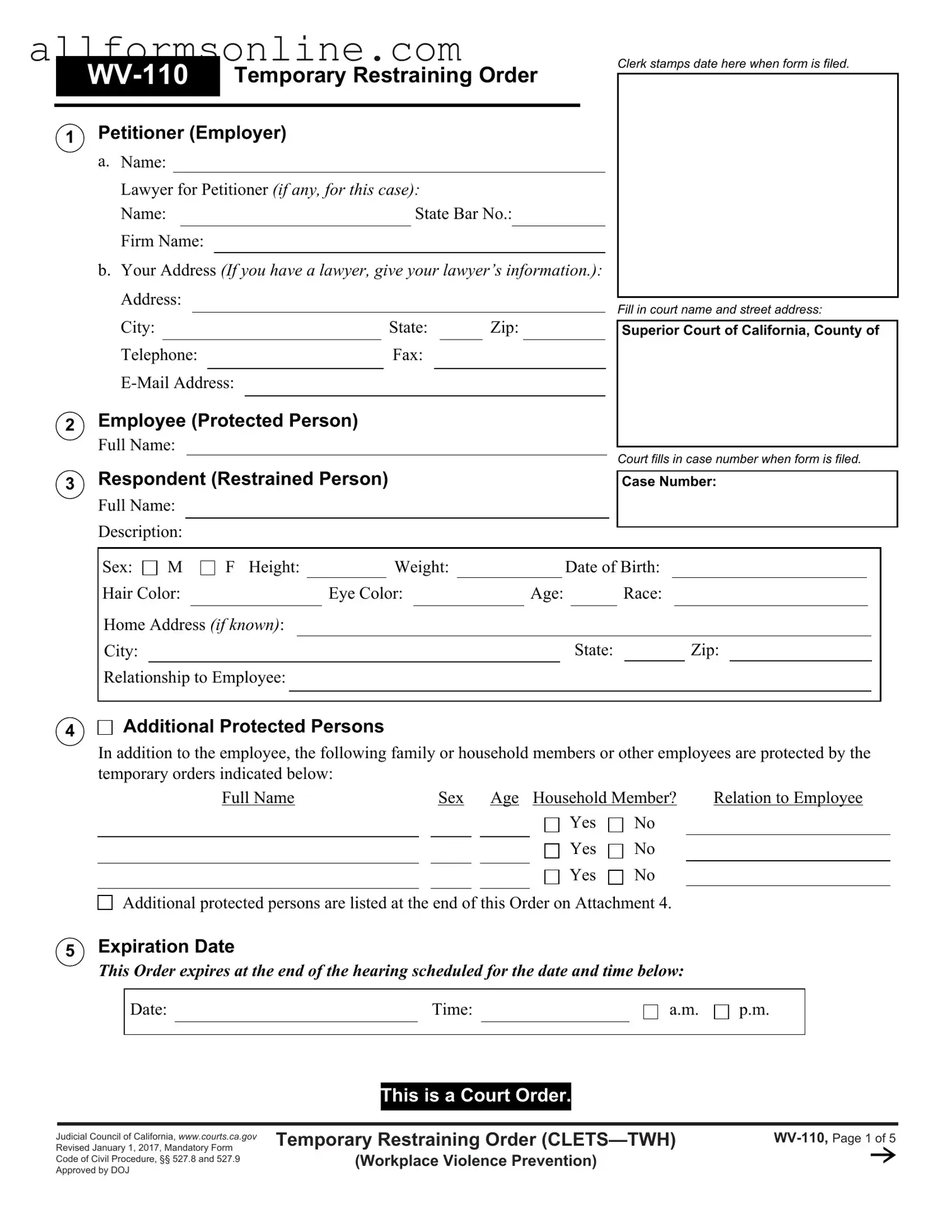What is a Fake Restraining Order form?
A Fake Restraining Order form is a document that falsely represents a legal order meant to restrict an individual's actions towards another person. It may include fabricated details such as names, addresses, and terms that are not legally binding. Using such a form can lead to serious legal consequences, including criminal charges.
What are the potential consequences of using a Fake Restraining Order?
Using a Fake Restraining Order can result in severe penalties. Individuals may face criminal charges, which could lead to imprisonment for up to one year, fines reaching $1,000, or both. Additionally, it can damage reputations and relationships, and may result in civil lawsuits from the affected parties.
How can someone report a Fake Restraining Order?
If you suspect that a Fake Restraining Order has been issued, it is crucial to report it immediately. Contact your local law enforcement agency to file a report. Provide them with any evidence you have that supports your claim. It is also advisable to consult with a legal professional for guidance on how to protect your rights.
What should I do if I receive a Fake Restraining Order?
If you receive a Fake Restraining Order, do not ignore it. Take it seriously and seek legal advice right away. A lawyer can help you understand your options and assist you in responding appropriately. It is important to gather any evidence that shows the order is fake and to prepare for any potential court appearances.
Can a Fake Restraining Order be dismissed in court?
Yes, a Fake Restraining Order can be challenged in court. If you can prove that the order is false, the court may dismiss it. This process often involves presenting evidence and possibly having witnesses testify. Legal representation can be beneficial in navigating this process effectively.
